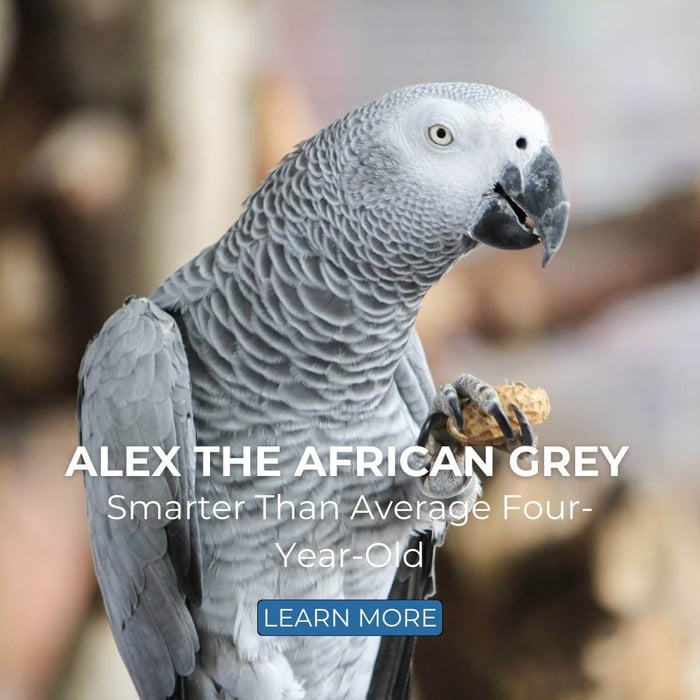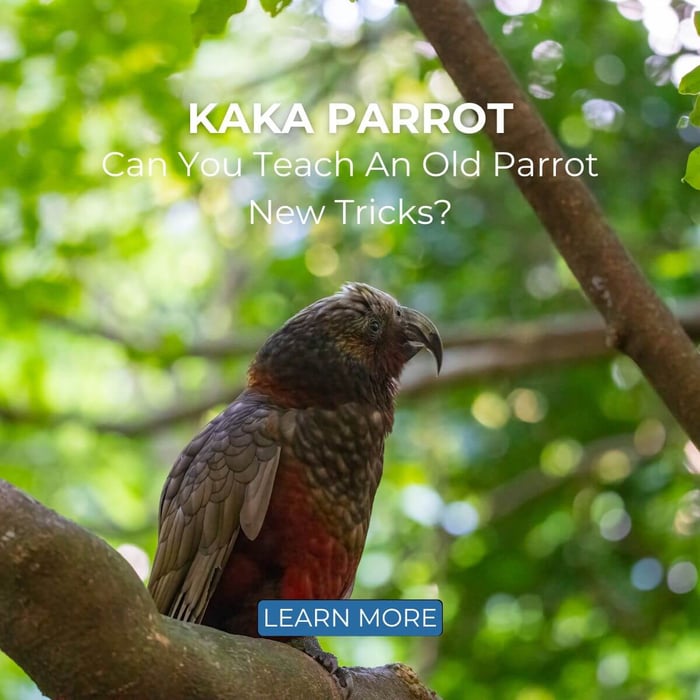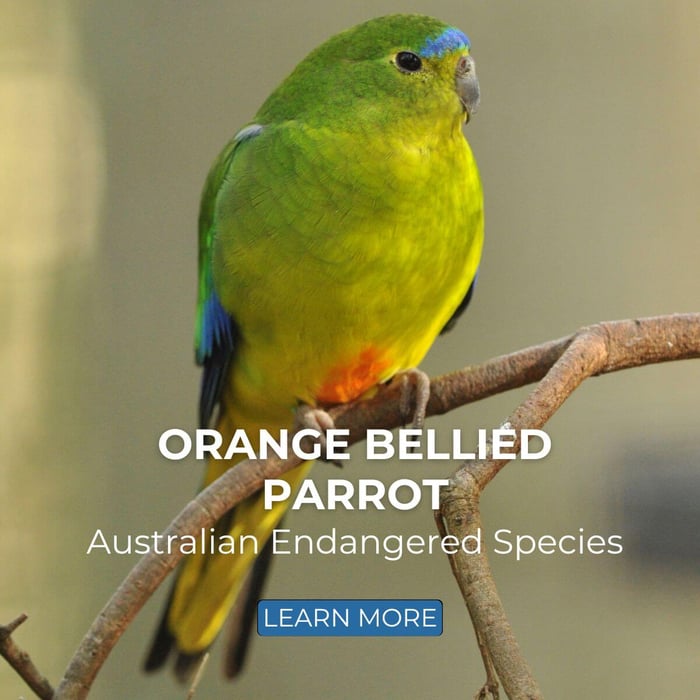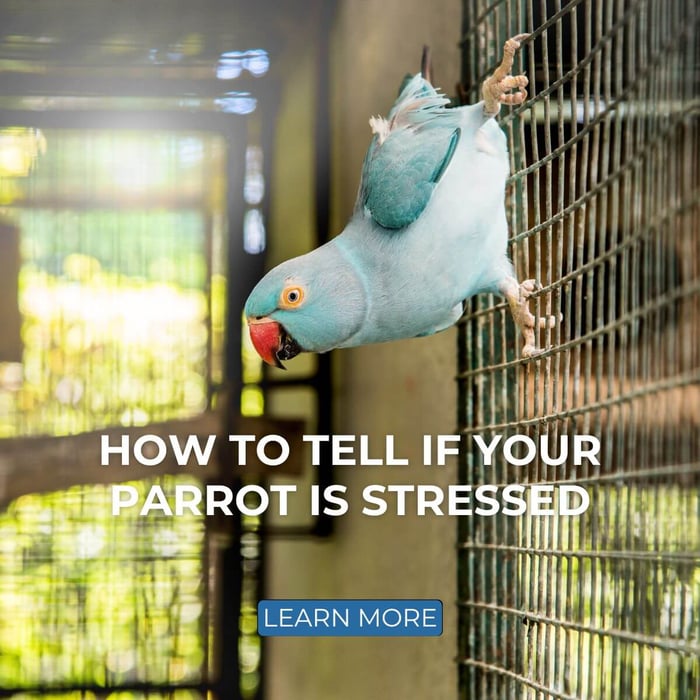Two Parrot Training Tools I Can’t Live Without
When it comes to training, positive reinforcement is often the star of the show. It’s a fantastic method that I wholeheartedly support. However, there are two other essential parrot training tools that are indispensable for introducing your parrot to new experiences or objects: systematic desensitisation and classical conditioning. These techniques might sound complex, but they are crucial for helping your parrot adapt to changes and new situations with ease. Let’s dive into each of these methods and explore how they can benefit your parrot’s training and overall well-being.
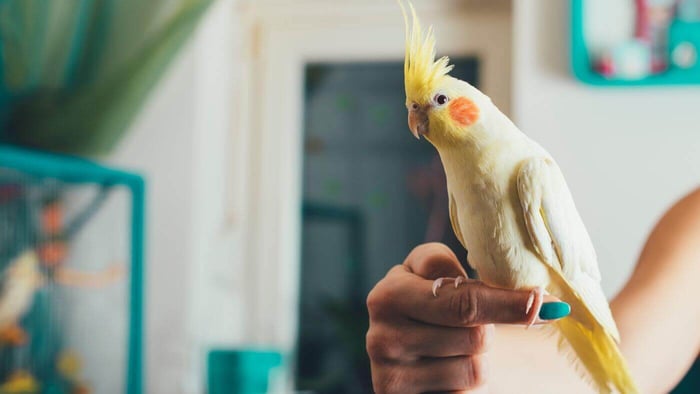
Parrot Training Tool #1: Systematic Desensitisation
Systematic desensitisation is a gradual exposure technique used to help animals overcome fear or anxiety associated with new stimuli. The goal is to introduce the animal to a new object or experience in a way that does not trigger a fear response. This method involves slowly and methodically increasing the animal’s exposure to the stimulus while ensuring the animal remains calm and comfortable.
For example, if you want your parrot to become accustomed to a syringe for administering oral medications, start by placing the syringe at a distance where the parrot can see it but isn’t overly concerned. The aim is to observe mild curiosity or indifference rather than any signs of fear. If you notice any fear-based reactions, it indicates that the introduction was too abrupt and needs to be adjusted.
By gradually moving the syringe closer over time, you help your parrot acclimate to its presence without experiencing fear. This technique is not limited to syringes; it can be applied to various objects such as stethoscopes, new toys, travel crates, or even new people.
In parrot training workshops, I’ve seen participants successfully use this method to wrap a towel around a parrot, demonstrating how systematic desensitisation can be employed to tackle even complex training challenges. The key to success with this technique lies in making slow, incremental changes and keenly observing your parrot’s body language.
Parrot Training Tool #2: Classical Conditioning
Classical conditioning enhances the effectiveness of systematic desensitisation by associating the new stimulus with something positive. This technique involves pairing the new object or experience with a highly preferred reward, such as a favourite treat. The idea is to create a positive association between the new stimulus and something the animal enjoys.
For instance, as you gradually introduce the syringe to your parrot, simultaneously offer a treat or a food item that the parrot loves. By doing this, you help your parrot associate the syringe with positive experiences rather than fear or discomfort.
This pairing speeds up the desensitisation process and makes the new object or experience more acceptable to your parrot. When used together, systematic desensitisation and classical conditioning can make a significant difference in your parrot’s ability to adapt to new situations.
By combining gradual exposure with positive reinforcement, you can often achieve quicker and more effective results. In my experience, this approach allows for the successful introduction of various stimuli, from syringes and stethoscopes to towels, within just a few minutes.

Tips for Successful Application
Observation Tips
Effective observation is crucial for successful systematic desensitisation. Pay close attention to your parrot’s body language to gauge its comfort level with the new stimulus. Here are some key signs of fear to watch for:
- Crouching or Fluffing Up: If your parrot crouches down or fluffs up its feathers, it may be feeling threatened or uncomfortable.
- Eye Pinning: Rapid eye pinning can indicate stress or anxiety.
- Beak Grinding or Gaping: These behaviours might signal discomfort or fear.
- Wing Flapping or Hiding: Excessive wing flapping or trying to hide are strong indicators of fear or stress.
To address these signs, immediately back off or reduce the intensity of the exposure. Allow your parrot to regain its composure before reintroducing the stimulus at a lower intensity. Consistently observing and responding to your parrot’s cues will help create a positive and stress-free training environment.
Progress Tracking
Tracking progress is essential for understanding how well your parrot is adapting to new stimuli. Here are some methods to effectively monitor changes:
- Training Journal: Keep a detailed journal where you record each training session. Note the distance of the stimulus, the parrot’s reactions, and the rewards used. This will help you identify patterns and adjust your approach as needed.
- Video Recording: Use a camera to record training sessions. Watching the footage later can provide valuable insights into your parrot’s progress and help you spot any subtle changes in behaviour.
- Behavioural Checklists: Create a checklist of behaviours to monitor, such as signs of fear, curiosity, or relaxation. Regularly review and update this checklist to track improvements over time.
Regularly reviewing your notes and recordings will help you gauge your parrot’s comfort level and make necessary adjustments to the training process.
Common Mistakes to Avoid

Overexposure
One of the biggest pitfalls in desensitisation is overexposing your parrot to the new stimulus too quickly. If the exposure is too intense or occurs too rapidly, it can lead to heightened fear or stress, which undermines the desensitisation process. Always introduce new stimuli gradually, ensuring that your parrot remains calm at each step before progressing further. If you notice signs of increased stress, scale back and reintroduce the stimulus at a lower intensity.
Inconsistent Rewards
Consistency is key when using classical conditioning. If rewards are given sporadically or inconsistently, your parrot may become confused about what behaviours are being reinforced. This can slow down the training process and diminish the effectiveness of the conditioning. Make sure to provide rewards immediately following the desired response and maintain a consistent schedule to help your parrot clearly associate the new stimulus with positive outcomes.
Integrating these Parrot Training Tools with Other Methods
Combining Techniques
Systematic desensitisation and classical conditioning can be greatly enhanced when integrated with other training methods, such as clicker training or shaping. For example:
- Clicker Training: Use a clicker to mark the exact moment your parrot shows a positive response to the new stimulus. This precise feedback helps reinforce desired behaviours and accelerates the learning process.
- Shaping: Break down the desired behaviour into smaller, manageable steps. Reward your parrot for each small achievement, gradually guiding it towards the final goal. This method complements desensitisation by providing clear, incremental targets.
By combining these parrot training tools, you can create a comprehensive training approach that addresses various aspects of behaviour and learning.
Putting It All Together
Both systematic desensitisation and classical conditioning are valuable parrot training tools for training behaviours that facilitate medical care and help your parrot adjust to new experiences. Whether it’s a new toy, a new person, or any unfamiliar circumstance, these techniques provide a structured approach to reducing anxiety and promoting positive associations.
The next time you notice your parrot hesitating around a new object or situation, consider employing these parrot training tools. They are not only effective but also help build trust and confidence in your parrot. By incorporating systematic desensitisation and classical conditioning into your training routine, you can create a more positive and less stressful experience for your feathered friend.
Source: Barbara Heidenreich
www.BarbarasFFAT.com
www.GoodBirdInc.com
Copyright 2015
Barbara Heidenreich has been a professional animal trainer since 1990. Her company, Barbara’s Force Free Parrot Training (www.BarbarasFFAT.com), offers a range of resources including DVDs, books, webinars, and workshops. Barbara has shared her expertise as a featured speaker in over twenty countries and has been published in nine languages. She consults on Parrot Training in both the companion animal and zoo communities.

